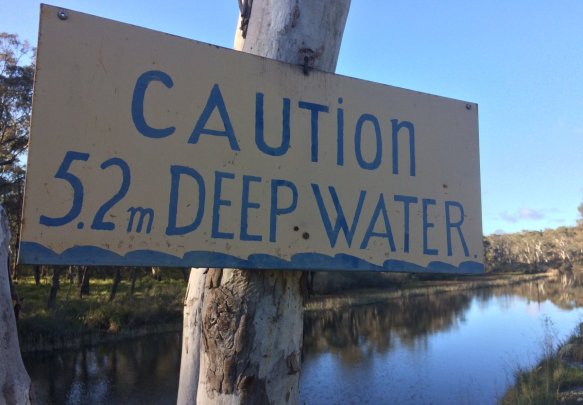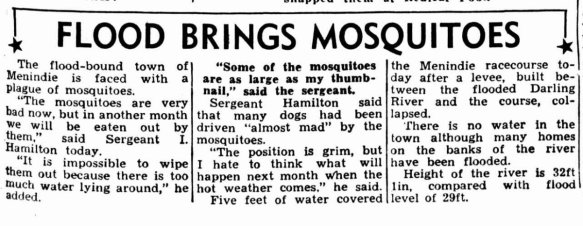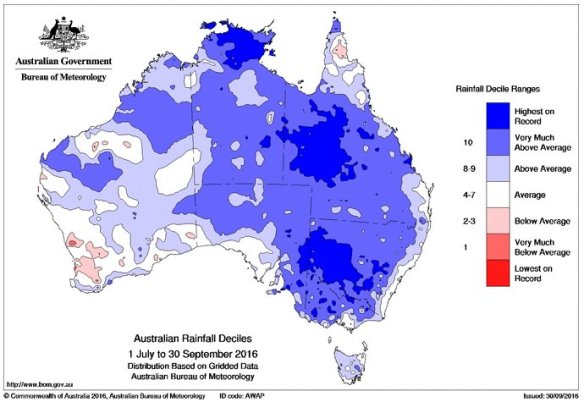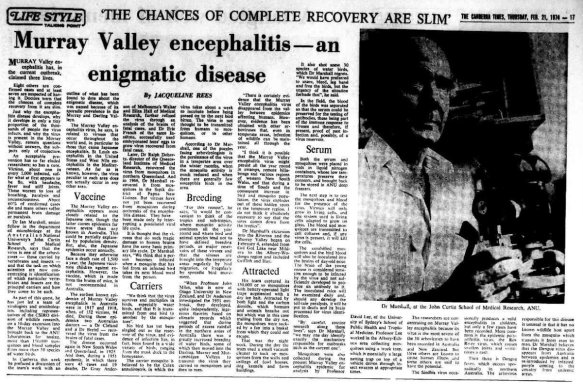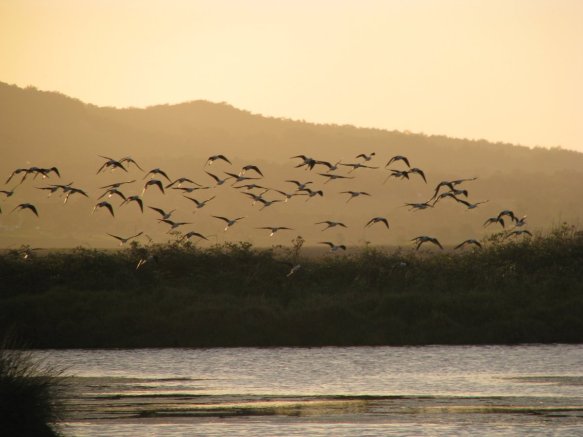
Ask a dog owner why they let their pets chase shorebirds across the local mudflats and the response will usually be “Don’t worry, they never catch ‘em”. But dogs don’t have to catch the birds to have a serious impact on them, especially when they’re chasing them off wetlands full of mud dwelling invertebrates that the birds love munching on.
Perhaps if the community was more aware of how vulnerable the shorebirds are, maybe they’d be more likely to keep their dogs on a leash, off the local mudflats and the birds could feed in peace. But how can we get the message across to local residents?
A global traveller and annual visitor to local wetlands
The Bar-tailed Godwit, Limosa lapponica, is a migratory bird that flies all the way from Alaska to feed in Australia’s coastal wetlands each summer. A medium sized brown and white bird with a distinctively long upturned bill, the Bar-tailed Godwits are commonly seen feeding on aquatic insects and molluscs along the muddy foreshore of Sydney’s Parramatta River. They’ve become an iconic bird of the region, even featuring as one of the “mascots” of the “Our Living River”, an initiative to improve the health of the Parramatta River.

Each spring they make the trip from the Arctic to Australia (non-stop flight around 11,000km has been recorded!) but to make the long flight back to Alaska, the Bar-tailed Godwits rely on finding enough food among the wetlands during their time along the river. The birds are commonly seen from spring to early autumn, often in flocks of a dozen or more, foraging in local mudflats. But their habitats are under constant threat from pollution and the encroachment of mangroves.
One location where the birds are commonly seen is Hen and Chicken Bay in the City of Canada Bay Council local government area. The suburbs of Abbotsford, Wareemba and Five Dock are nearby and the foreshore pathways and parklands are popular locations for exercise and recreation by both residents and visitors (please check out my favourite cafe, The Cove Dining Co, when you’re next visiting).
Unfortunately, the ever increasing human population, together with the easy access to the foreshore, brings threats to the Bar-tailed Godwits and their habitats.
People, pets and wildlife conservation
The Bar-tailed Godwits are quite tolerant of people. They’re happy to keep feeding while people and pets walk past. It provides a wonderful opportunity for the community to see these unique global travellers up close.
They have a tough time though when constantly chased by dogs or disturbed by people. Many times I’ve seen dogs running along the low tide shoreline, no doubt it is fun for both the pet and their owner. I have no doubt there is complete ignorance of the unintended consequences and that this may be a problem for the birds.
Awareness of shorebird conservation issues among those sharing habitats is a critical issue to address.
Reducing the impact of dogs on shorebirds is an issue faced by authorities around Australia as well as overseas. Beyond wetland habitats, studies have also shown dog walkers can have a negative impact on bushland birds too.
Putting a fence up around the wetlands isn’t a solution. The use of buffers is impractical and nobody wants to start setting traps or baits to stop the dogs. What else could be tried?

Illustration and wildlife conservation
Inspired by a project in Ku-Ring-Gai Council where school students drew signs encouraging dog owners to pick up after their pets, a similar approach was proposed for Hen and Chicken Bay. Could signs featuring the artwork of local students help get the message across?
Jointly funded by the Abbotsford Public School Parents and Citizens Association, and City of Canada Bay Council (Council’s Bushcare Department contributed funds in additional to a Canada Bay Community Grant), a series of educational signs were installed along the foreshore pathway of Hen and Chicken Bay as well as nearby Henry Lawson Park and Halliday Park.
When trying to decide on the design of the signs, it was important that there was some community ownership of the messages, they were aesthetically pleasing and lacked a serious authoritarian tone.
A competition was launched among students at Abbotsford Public School to draw Bar-tailed Godwits, one illustration was selected from each grade to be showcased on the signs. While the student’s drawing may not have been taxonomically accurate, they certainly reflected the great enthusiasm for the birds and this conservation process.
The school itself was wonderful and a component of the curriculum involved the students learning about the Bar-tailed Godwits and the importance of local wetlands. A local author, Jeannie Baker, had recently published the wonderful children’s book “Circle”, and a copy was purchased for almost every classroom and became a reference point for learning about the birds and their amazing global migratory journal to the local wetlands each year. Directly involving the students not only yielded some wonderful illustrations to personalise the signs but it also engaged the broader school community and assisted raising the profile of the project.

Along with an unique illustration on each sign, the key messages promoted were that the Bar-tailed Godwits visits the local mudflats from the Northern Hemisphere each year between August and April and to please don’t allow your dog onto the mudflats and please don’t allow off-leash dogs to chase birds. Dog owners were also directed towards to local off leash area in a nearby park.
An attitudinal study of dog owners in Victoria, Australia found that “Dog owners were more likely to feel obliged to leash their dog when they believed other people expected dogs to be leashed, and when they believed their dog was a threat to wildlife or people.” While this study was associated with beach-nesting birds, perhaps a similar attitude exists among those dog owners prone to allowing their dogs to run across bird-filled mudflat?
The signs were unveiled at an official launch in December 2016 by the Mayor of Canada Bay Council, Helen McCaffrey, and in attendance were representatives of Birdlife Australia, Our Living River and dozens of Abbotsford Public School students. Judy Harrington, Sydney Olympic Park Authority, kindly gave a talk to students on the day about the Bar-tailed Godwits and in the shadow of an approaching summer storm, a class alongside the local wetlands was a wonderful way to launch a novel and engaging project of environmental conservation.
Got any other ideas about how we can protect our local wetlands wildlife? Join the conversation on Twitter!
